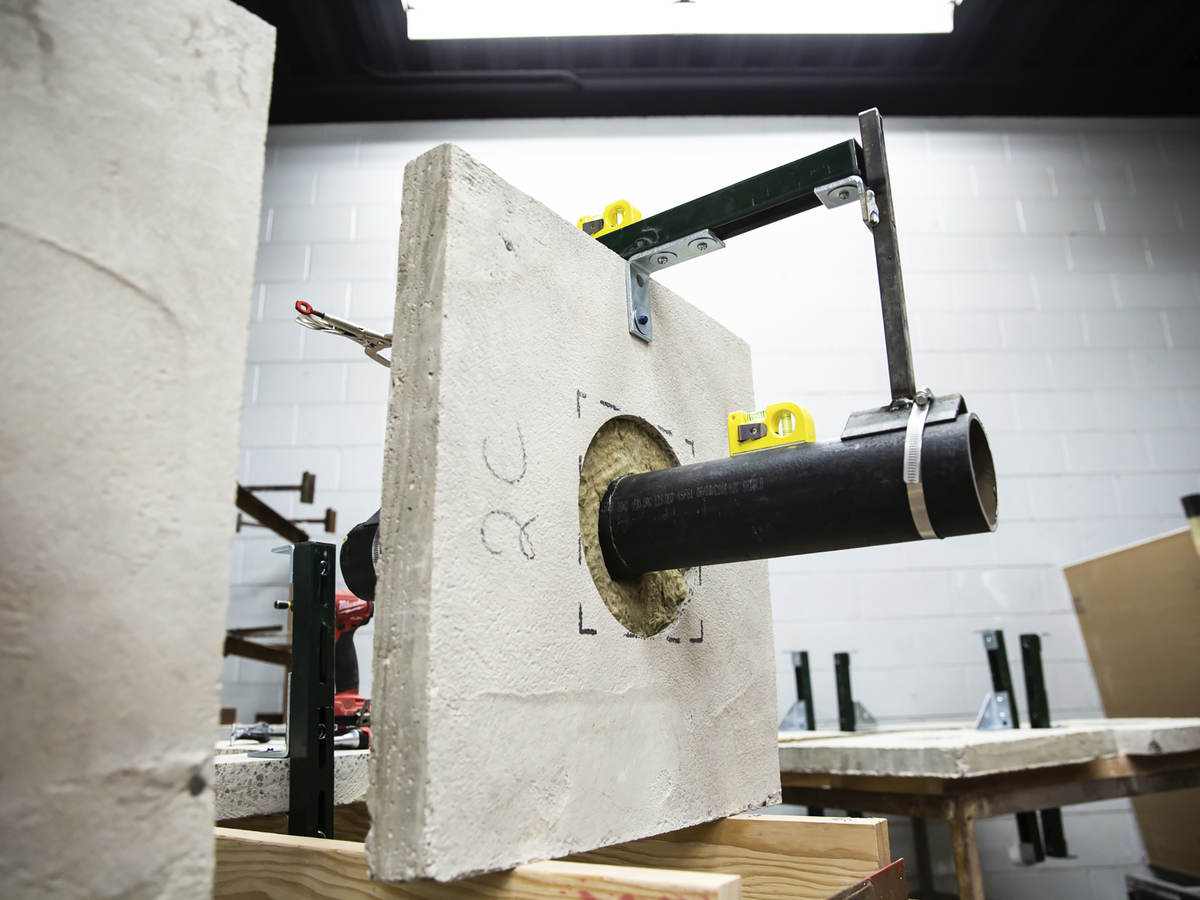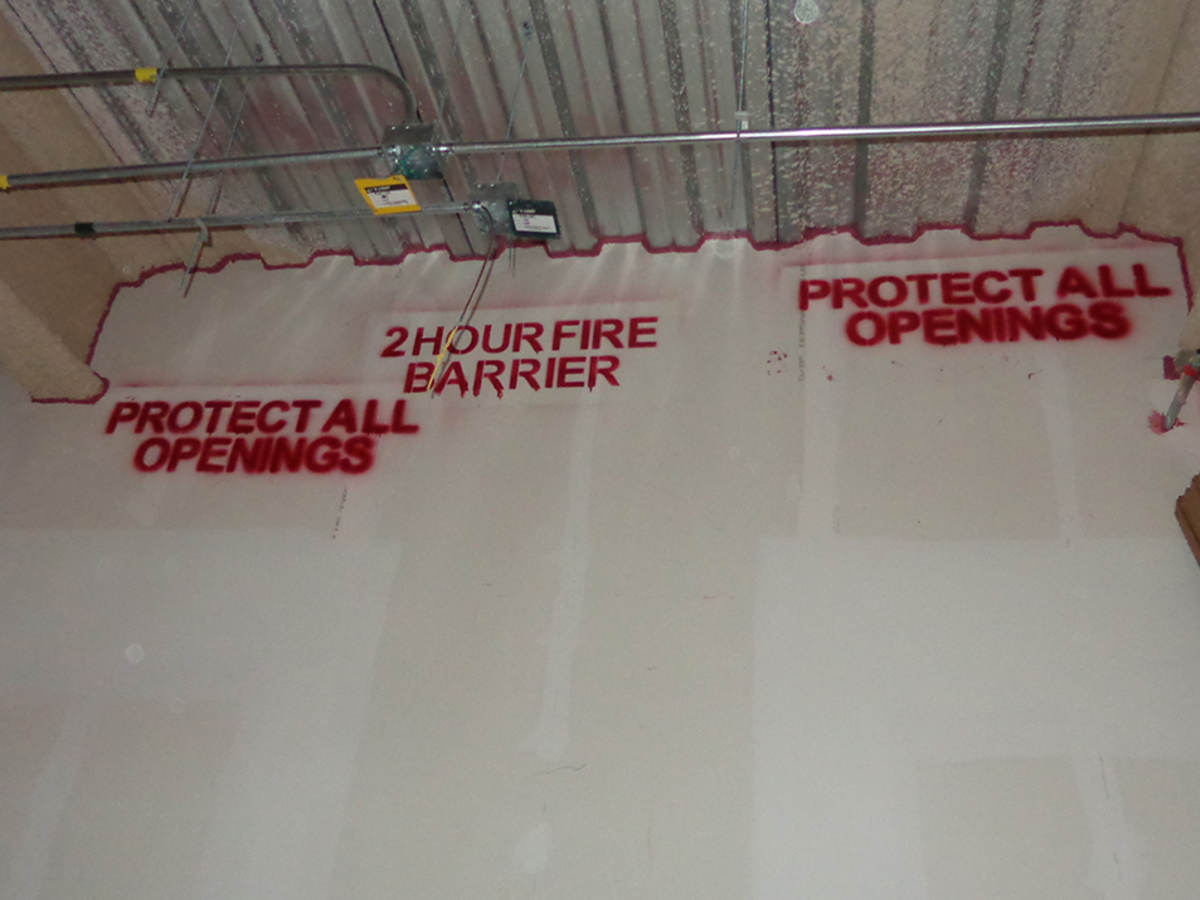This webinar provides an overview of the common fire test standards used across North America and Europe, and, in particular, the differences and similarities between the test arrangements, measurement requirements, and conditions of acceptance.
You will gain more insights on the path to UL certification and associated resources. Moreover, on successful completion of this webinar, you’ll be able to recognize the differences among North American and European firestop joints system test standard, understand the intent and specific test arrangements, measurement requirements, and conditions of acceptance.
The topic includes:
- Purpose of firestopping
- Test standards: Setup, parameters, and conditions of acceptance
- Certifications
Speaker bio:
Luke Woods is the principal engineer for the Fire Resistance and Containment group within UL in Northbrook, Illinois. His experience concentrates on fire protection testing, researching and evaluating of building materials and systems under various fire conditions. Luke Woods is also a UL representative at technical committees throughout the fire protection industry. His primary focus is fire-rated products such as firestop systems, joints, curtain walls, fire doors, fire dampers, fire windows, fire resistant record protection, fire rated structural elements (steelwork, walls, floors, roofs, and more), fire resistive coatings, and other fire protection materials. He has been featured in several industry magazines and newsletters addressing current testing and certification topics for fire protection.
Recording Firestop BLST
Firestopping, Joint Protection and Perimeter Fire Containment Testing
Firestopping, joint protection and perimeter fire barriers are designed to limit flame and smoke spread through penetrations in a fire-rated wall, floor, and ceiling assembly; joints; and barriers offer the needed protection to keep the building structure and its occupants safer.
Get in touch
Have questions, need specifics? Let's get this conversation started.


